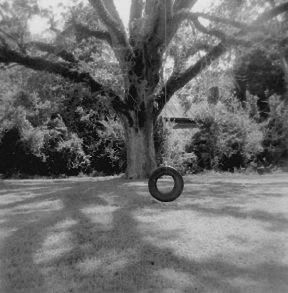Since launching his “war on terror,” George W. Bush has touted the need for extraordinary measures in battling shadowy foes such as al-Qaida. However, revelations that such measures include torture, warrantless wiretapping, and the extra-judicial jailing of alleged terrorists in a network of secret CIA prisons have unsettled many Americans. Although such unsavory activities have tarnished the image of America’s covert forces, a snazzy museum in downtown Washington, DC is doing its utmost to remind people just how vital the spooks corps is to the very survival of the republic.
Since opening in July 2002, the International Spy Museum (ISM) has seen nearly three million visitors pass through its doors to ogle all manner of spy gadgetry and paraphernalia. After forking over the $16 dollar admission fee, visitors can spend hours glimpsing the tools of the trade from the espionage world, ranging from a KGB-designed lipstick-gun to a CIA rectal tool kit.
The ISM’s executive director is Peter Earnest, a former CIA man who logged 36 years of service—including two decades as a covert operative, primarily in Europe and the Middle East. Toward the end of his career, from 1979 to 1981, he was the CIA’s chief point man with the Senate. The museum’s advisory board of directors includes former spy supremos like retired KGB general Oleg Kalugin and former CIA director Stansfield Turner. A bevy of leading cryptologists, intelligence-gathering “authorities,” and former CIA officers round out the museum’s stable of advisers.
Given the pedigree of its advisers, the ISM not surprisingly places a heavy emphasis on the 40-year-long Cold War battle waged primarily between the Soviet Union and the United States. And, given its location, it’s also not surprising that Washington’s operatives come off best in this narrative. Missing from the story, however, are some of the less savory aspects of U.S. covert operations. These gaps also help the museum give a particular spin to its post-September 11 message of continued vigilance.
